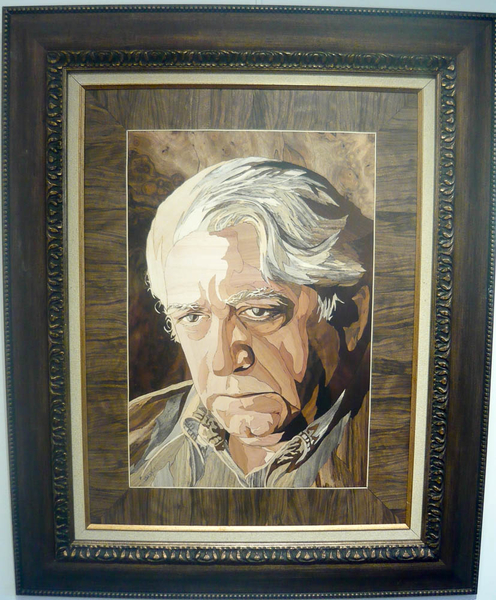Moshabbak (lattice working) is a kind of decorative work which is performed on the surface of metals like gold, silver and copper. Moshabbak means “making holes”. This word has been derived from Arabic infinitive of shabaka and it means lattice work. Like other methods which are applied in metal industries, the antiquity of this artistic style goes back to humans first experiences related to metals like iron and copper.
Nowadays, moshabbak or metal inlaid working is more prevalent in Isfahan and Tehran. After selecting metal plate proportional to the type of artistic work which the craftsperson wants to make, it is divided into parts and then the design is transferred on the metal surface by a design copy maker. In order to prevent it from being wiped during the cutting, the craftsperson embosses the main lines on the metal surface by semi-shape steel chisel. This action, in addition to keeping the design, causes that jigsaw to move easily on the designed lines. In the next step, based on the thickness of used sheet and delicacy of design, a jigsaw proportional to the cut point is used. Sheets which are used for lattice working can have different thicknesses such as 8mm sheet and thinner, 1mm sheet, 2mm sheet and etc. Those parts of the design which must be cut first are drilled so that the jigsaw can pass through it. Having cut the pieces, prepared pieces are filed and washed and put beside each other based on the original design.
Different products are made and decorated by this method, but since proper space ought to exist for sawing, lattice working is done more on flat surfaces. In the next steps, these pieces are riveted together in order to make the desired object. Objects made by this method include different kinds of metal boxes, boards, censers, the pieces installed on entrance doors and metal blades on mourning flags.
This entry is supplied by the Iran Culture, Heritage and Tourism Organisation – Isfahan





